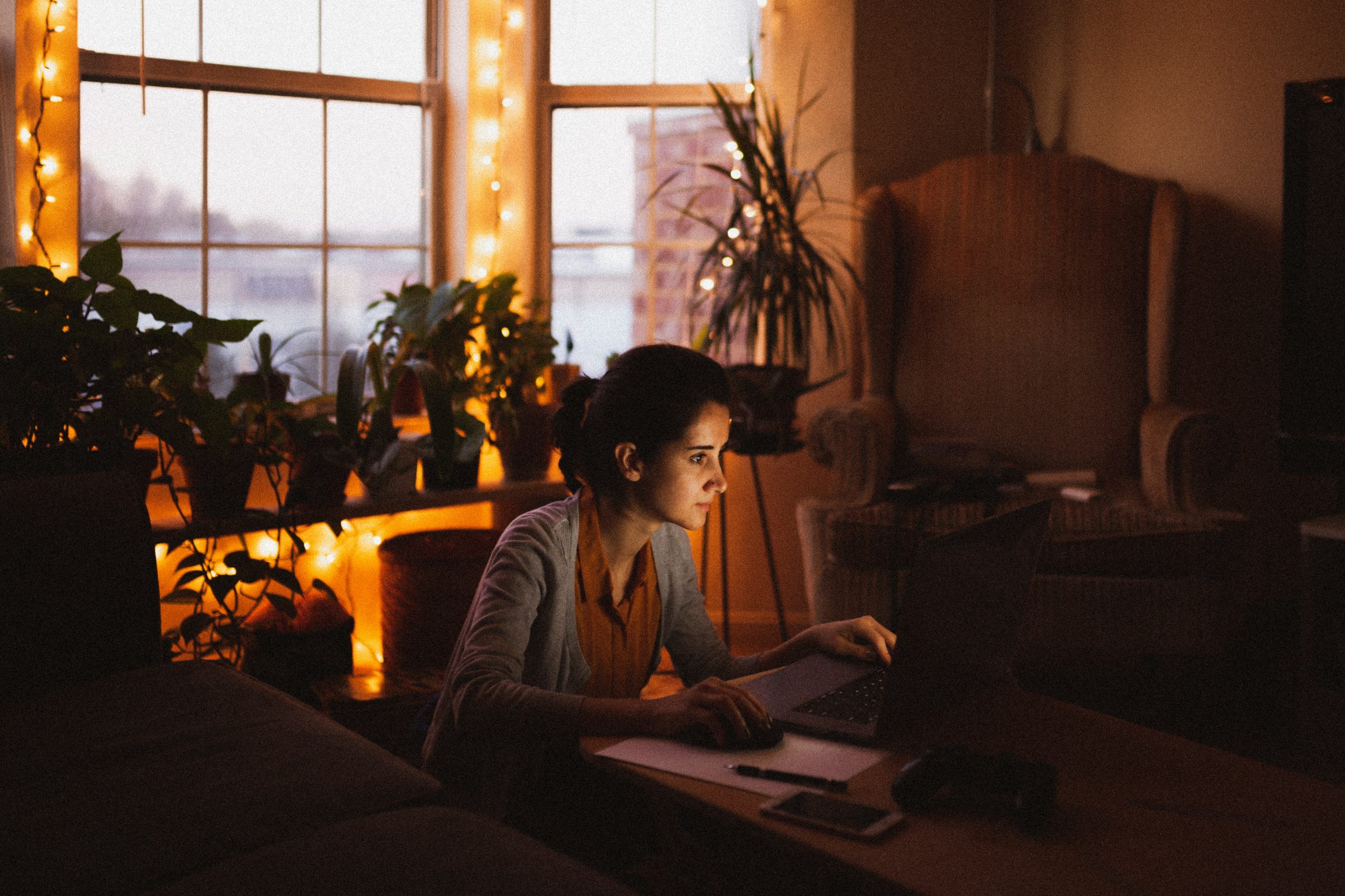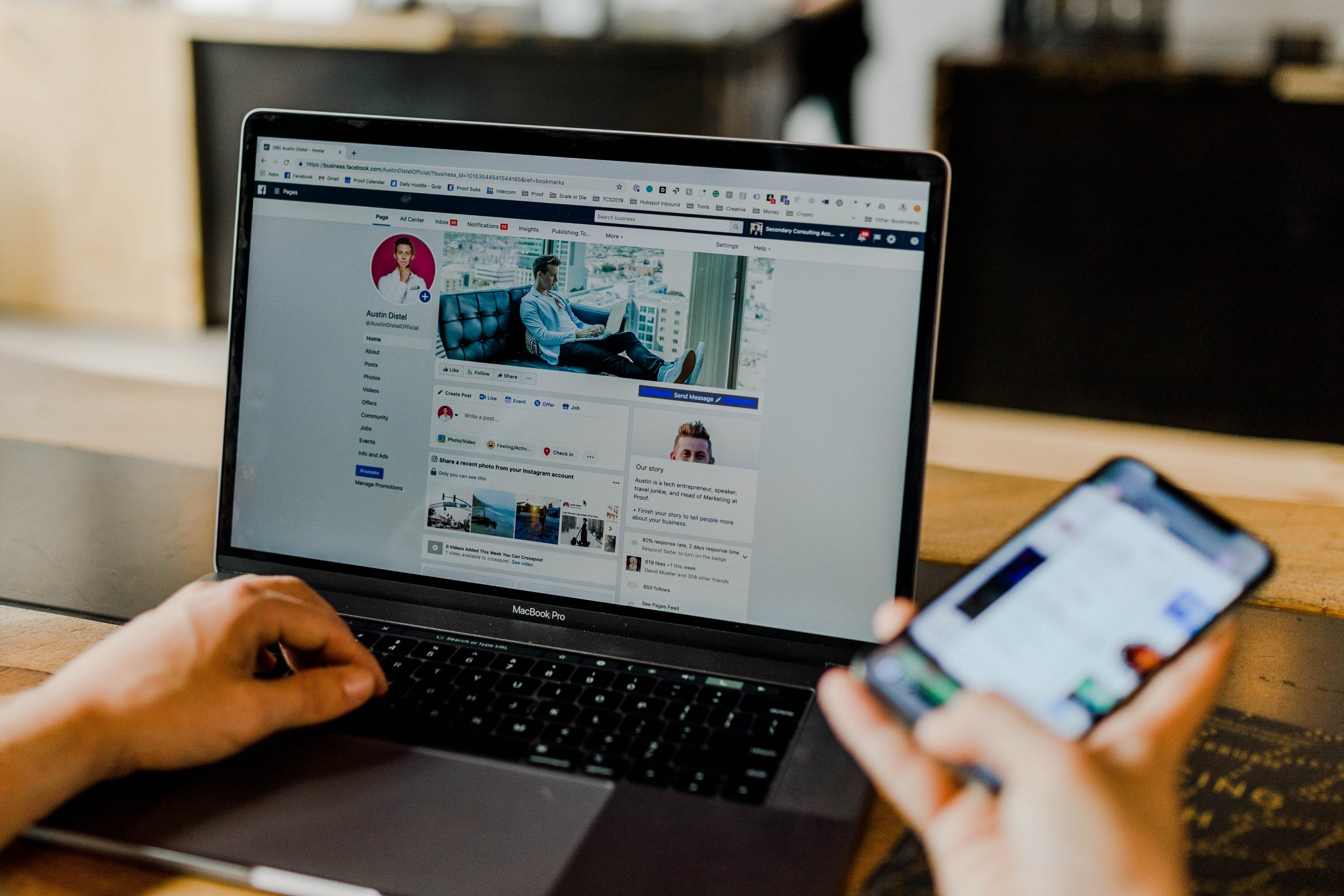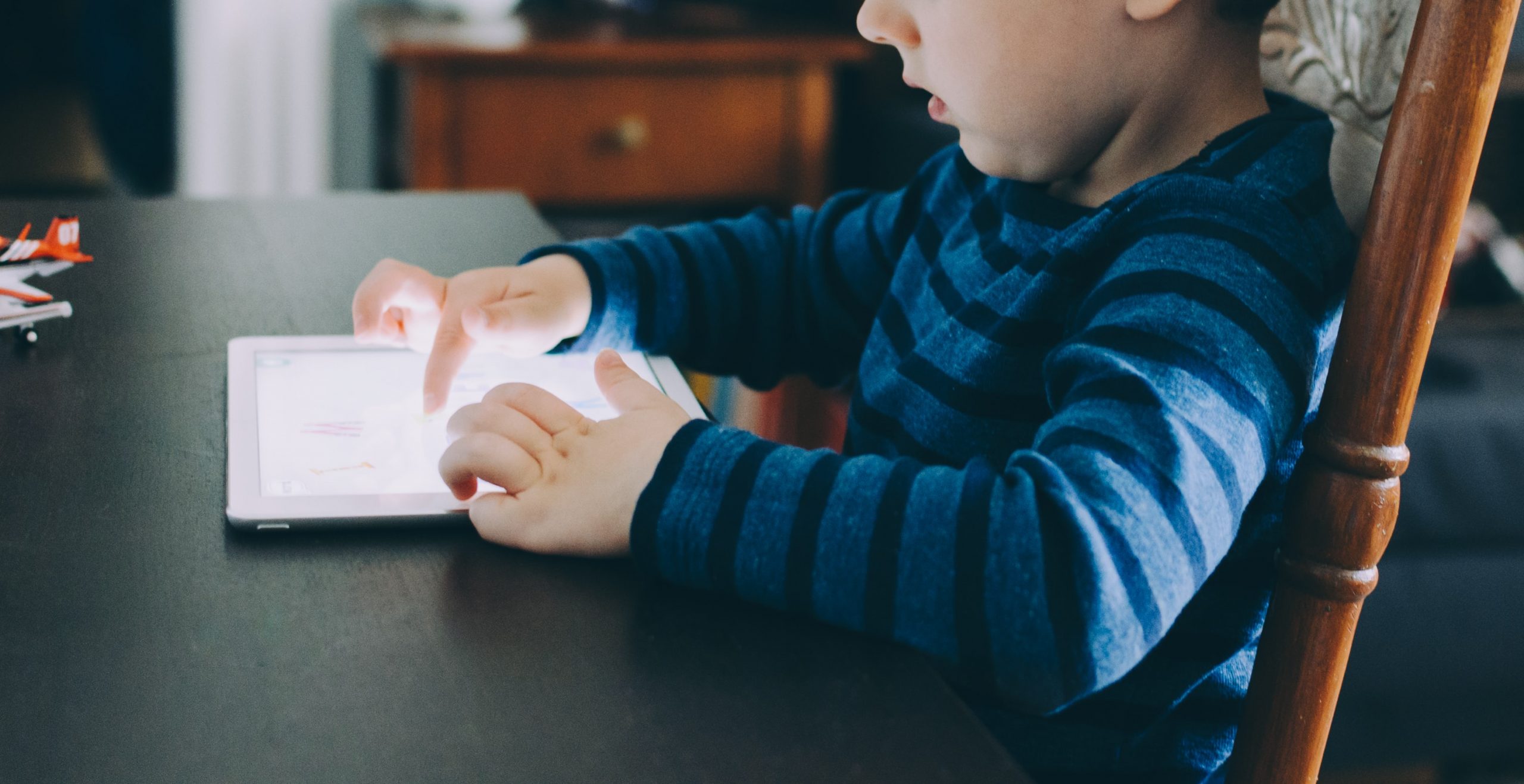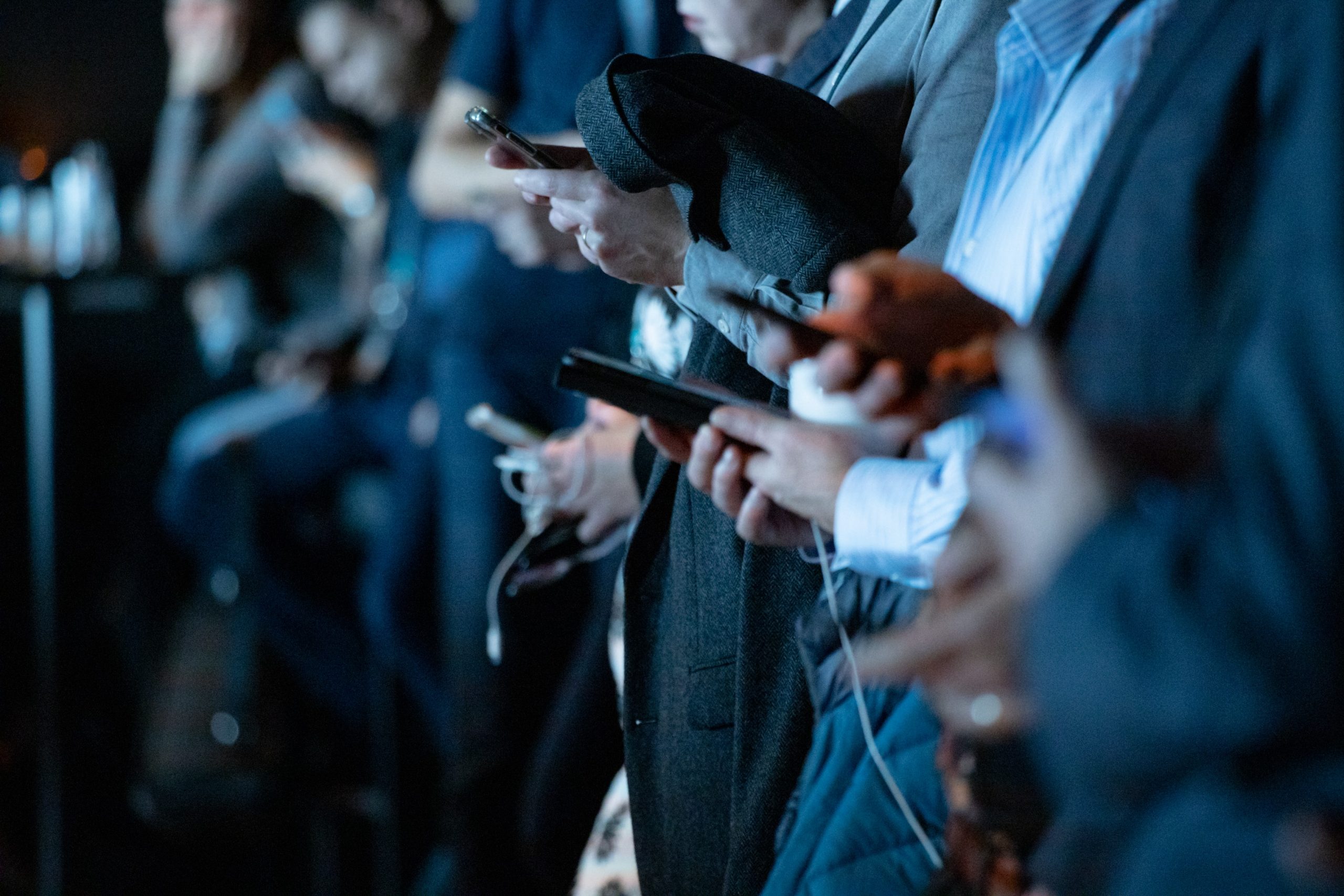To what extent does the "blue light" from digital screens damage our eyes?
There has been a lot of talk lately about the harmful effects of "blue light" emitted by many digital devices that we use every day. However, recent research has shown that "blue light" is not what harms our eyes, but the time spent in front of the screen!
Sunlight contains red, orange, yellow, green, and blue rays of light and many shades of each of these colors, depending on the energy and wavelength of the individual rays. In combination, this spectrum of colored light rays creates what we call "white" or sunlight.
Besides the Sun, which is the main source of light, of course, there are many other light sources that are man-made - including fluorescent and LED lighting, as well as flat screens.
Screens on computers, tablets, cell phones, and similar digital devices emit significant amounts of blue light. However, the amount of blue light emitted by these devices is only a small fraction of what the Sun emits. Although the amount of blue light emitted has no significant consequences, the problem is in the time people spend using these devices very close to their eyes.
According to the American Academy of Ophthalmology, it has never been proven that the amount of light coming from a computer screen causes any eye damage.
What actually causes damage е longer viewing of digital screens, leading to a reduced number of blinks. Decreased blinking causes a series of temporary symptoms known as eye strain. Research also suggests that these effects are caused by the way people use their screens, not by what comes from the screen.
How to protect eyesight?
Taking into account the conditions of the pandemic in which the time spent in the company of numerous digital devices has significantly increased, vision protection is becoming more relevant, thus paying attention to the harmfulness of blue light and the search for ways to protect vision.
There is some evidence that blue light affects the body's circadian rhythms, our natural wake-up cycle. The best way to avoid sleep disorders is to avoid using the screen two to three hours before bedtime. Using "dark" or "night" mode on devices at night can also help.
Ophthalmologists recommend several methods that can protect your eyes, for example, if you work at a computer all day. They advise be about 60 centimeters away from the screen and set the screen slightly down.
Another effective technique is to use the "20-20-20" rule: every 20 minutes, turn your gaze to an object at least 20 feet away from you, and look at it for at least 20 seconds.
Artificial tears can help when your eyes are dry, lighting adjustment in the room, but also on the screen itself, can reduce eye strain.







